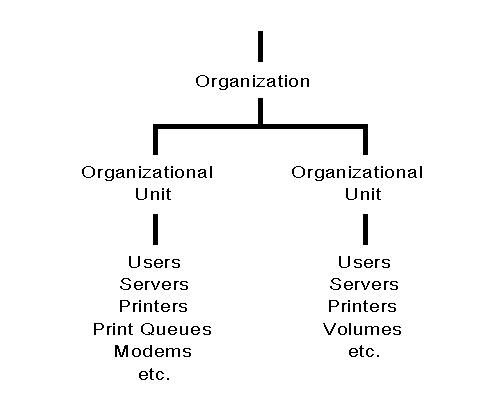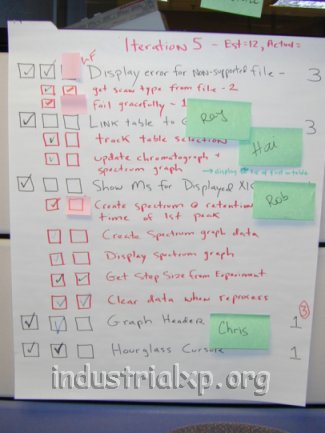Reference Information
Title: The Mythical Man-Month
Author: Frederick P. Brooks
Publisher: Addison-Wesley
Summary
Chapter 18 discussed the main points from the 1975 edition of The Mythical Man-Month in outline form. This included bulleted points of the most important points from each chapter that the author believes to be true, along with the author's commentary. Most of the points were thoroughly discussed in previous chapters.
 |
| The cover to the 1975 edition of The Mythical Man-Month. Source: http://var.pulist.net/ |
Discussion
I thought that chapter 18 was a good summary of the current book, although after having already read the book, it seemed a little unnecessary. I did like the chapter 19 discussed the points made throughout the book in a different light, encouraging the reader to follow practices that the author believes is good given new data and new technology. However, the author debunked many of the things said throughout the book by switching to supporting the incremental build instead of the waterfall method. I thought this made some of the chapters and points that he had made rather pointless, so I wonder what the point of reading them was in the first place? Either way, though, there were some very good points made within this book. I was previously unaware of many of the things discussed (such as the second system effect), so I believe that applying this information to future projects will be very helpful, including incremental programming, being aware of featuritis, and keeping many of the organizational structures that were recommended in mind.





















